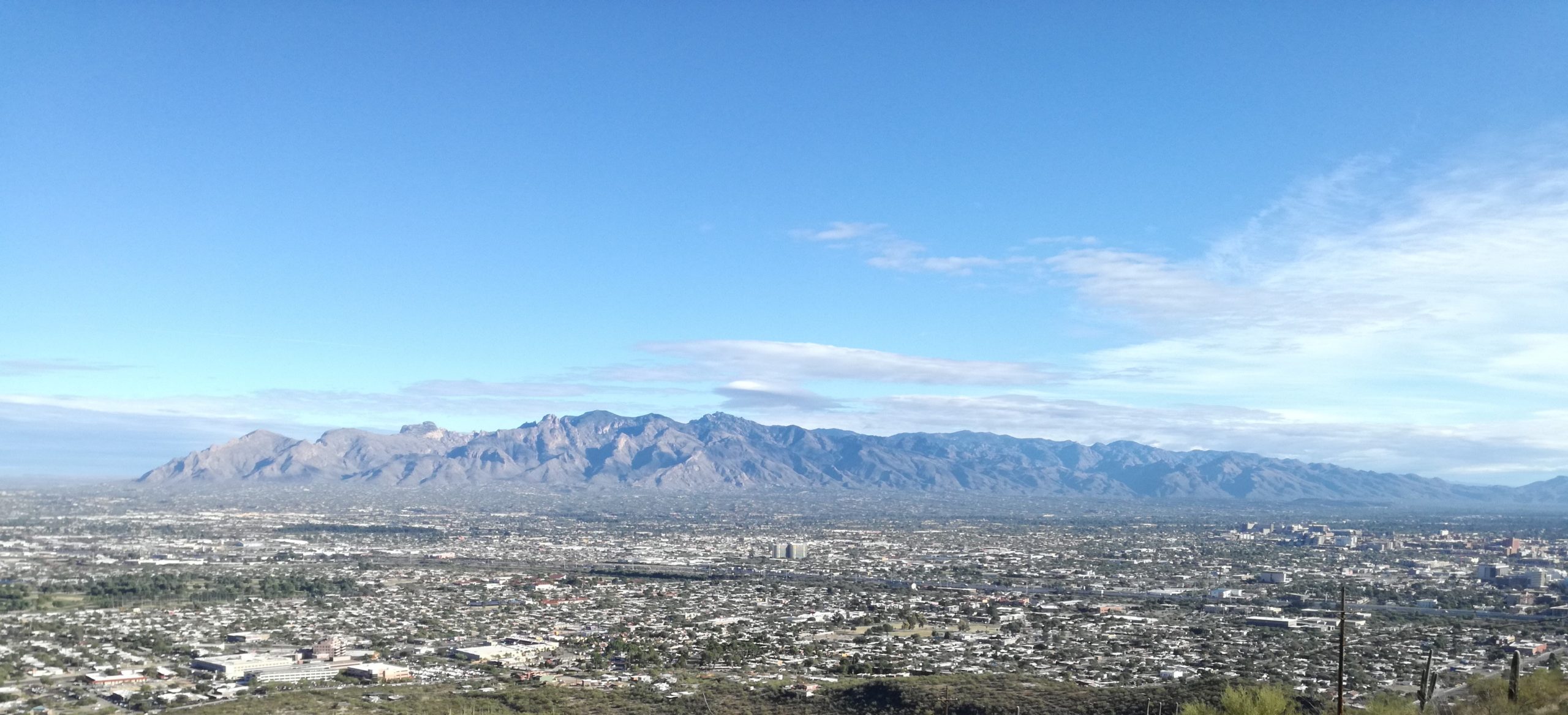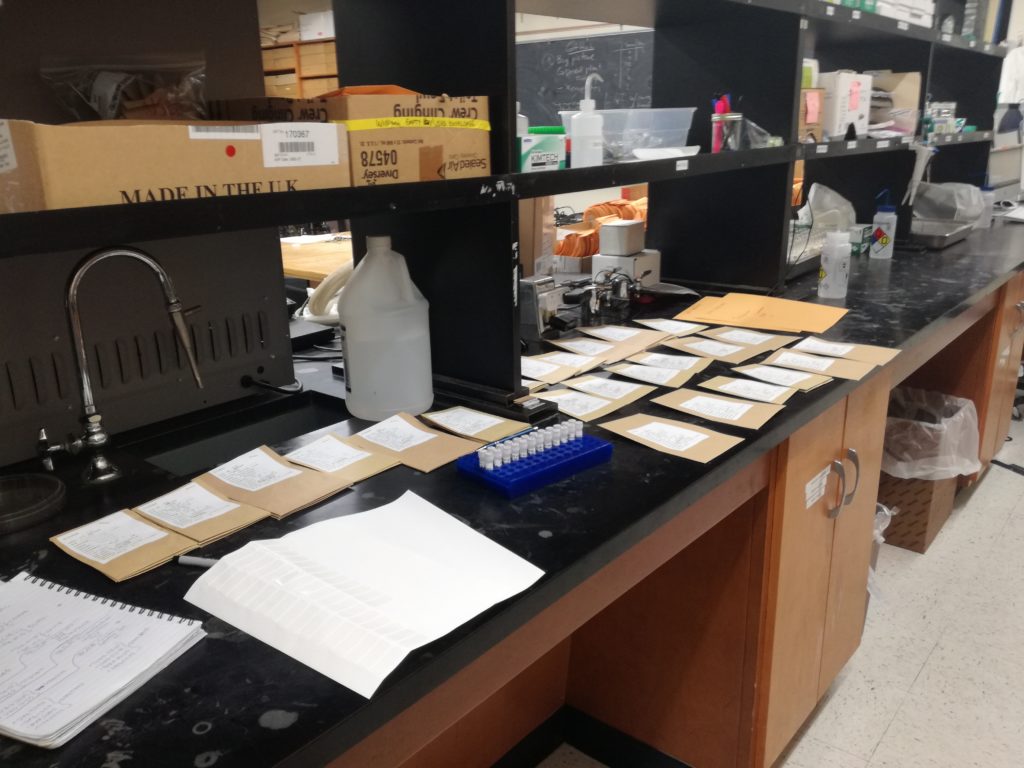Hey everyone!
I just came back from an amazing trip, with loads of new experiences, both professionally and personally. Come and let me take you for a ride on my trip and by the end, whether you are a student dreaming about your future and the possibilities that lie in it, or if you are a seasoned scientist excited to read the things that motivate and passionate students and young scientists on their professional and personal journey, I’m sure this read will bring you a smile and hopefully a better understanding of what lies in the life of a researcher and a young mind trying to find his way.
First of all, a brief introduction is needed! My name is William, I’m a Norwegian-Colombian man who just finished my master’s degree in microbiology at the University of Bergen (UiB), I have a deep love for biology, ecology and all the intricate, complex but infinitely exciting processes taking place at any time, everywhere!
Coming back from my short-term scientific mission (STSM) issued from the University of Bergen to the University of Arizona (UA) I had to take a little time to let it sink in and relive the experience in my mind and what it meant to me, in my career and for me personally. It was an amazing experience and I would wish everyone, if you ever have the opportunity to do STSM’s or courses abroad, you will grow and learn a lot about yourself and to work with new (and amazing) people. Take your chances! Who knows, maybe you will get new ideas, dreams or motivation for your own future, I know I did!
Through my master’s degree supervisor, I was offered a 25-day short-term scientific mission to the university of Arizona, in Tucson. A position assigned by UiB through the RECITE internship project. More specifically, I was part of the Norwegian contribution to the Drought-Net experiment, which is an international effort to understand and quantify the impacts of severe drought across a wide range of terrestrial ecosystems. In this effort the Norwegian contribution aims to assess the impacts of drought on the ecosystem functioning in coastal heathlands. The response and shift of plant community structure, key plant traits, biomass, soil C-N content and decomposition rates were among the key factors that were measured to assess how the coastal heathlands respond to drought.
Among all the necessary plant traits to be measured, the carbon (C) and nitrogen (N) isotope content in plant leaves were also of interest to determine how the plant is affected and respond physiologically to drought. In this context the C-13 carbon isotope is of special interest since its presence and abundance in leaf tissue can be used as an indication of the leaf’s water use efficiency, which is one of the plant’s adaptive responses to drought. My task in the project was then to carry out C and N isotope analyses of all the leaves in the project (in the Norwegian contribution).
To my great delight the work was to be done as a cooperation with the Enquist-lab at the university of Arizona. The lab and the people working there have both the knowledge and equipment needed to carry out all the necessary analyses in our work. Visiting and working in close relation with another research group is also a good way to make new contacts, form new friendships and perhaps most importantly create a closer bond between the research groups, strengthening and facilitating scientific knowledge and communication, which is a vital part of being a scientist!
Once I arrived at the UA, I was introduced to the lab, the people, their research and what they were currently working with. I was then introduced to the laboratory, their schedule and went trough the laboratory methods, that were relatively new to me by then. It’s always fun and useful to learn new methods and amplify my repertoire in laboratory methodologies!
Now to measure the isotope content of plant leaves a range of procedures have to be performed and depending on the isotope(s) of interest different laboratory methods have to employed. For the C and N analyses leaf material was first inserted into 1,5ml tubes containing metal beads and then tubes transferred to a powerlyzer, an instrument that vortexes the tubes at high speeds. The huge amount of force and movement makes the metal beads to grind the leaves to a fine powder. The powder was then carefully transferred to just the right amount in small aluminum foils (separately for each individual sample) that have been specifically manufactured and prepared for this purpose. The plant powder-containing aluminum foils were then organized into 96-well plates and labeled accordingly according to sample ID, site, specific leaf material mass, and placement. It might seem like trivial work, but careful handling and organized work was essential. I processed about 600 individual leaves from different species, experimental sites and treatments in about 3 weeks. It required dedicated work and a thoroughly planned system and schedule so that everything went smoothly without mistakes. Initially, we also wanted to do phosphor isotope analyses, which would have required more intricate methodologies involving a lot of chemistry and different steps to capture, extract and measure the presence of phosphor in the leaf tissue. It would have been a lot of fun to do that work, but unfortunately there wasn’t time for work of that scale. Nevertheless, I had a lot of fun!
Although, the laboratory work and learning new methods were invaluable and interesting, I do have to mention some of the other great perks of working in cooperation with other research groups and get to travel to new places. It is the opportunity to get to know other people with other perspectives, knowledge and ways of working, but at the same time sharing the passion and love for what we are doing. The learning experience and expanding one’s own mind and horizon in the personal and professional sense is something I value deeply. The colleagues in the Enquist-lab at UA are fantastic people! Super smart, funny and involved in a lot of fascinating work. They were also kind and took their time to invite me to meetings with other research groups at the university and introduced me to some of their future scientific plans. But they also showed me around the city, introduced me to its culture, nature, food, traditions and its people. Prior to traveling I really didn’t know what to expect on the travel, I was mainly thinking and focusing on my work, to learn as much as I possibly could and help build the sense of community between the labs. But I must say that the actual experience was much better than I could have imagined, the work, learning process, and the people. It was nice to be able to put into use a lot of what I had learned during my master’s, for example laboratory techniques, I was also involved in developing in establishing a new cleaning method of laboratory consumable tools, so that they could be used over and over, reducing costs and potential environmental issues often coupled to overuse of laboratory equipment. I was given a lot of free space to do my work as I wanted, which was liberating and empowering to be given that much freedom and trust.
All in all, it was an amazing and formative experience, It is always cool and enriching to be in a new place, with a different culture, new types of nature, ooh and the weather (depending on where) is greatly enjoyed compared to the cold winter months in Norway. If you are a young student reading this blog in search for inspiration, guidance and wondering what it is like to work as a scientist, cooperate with other people or just simply travel and experience new things, I highly recommend applying and taking your chances in such projects. The experience will guide you and help you decide your future!




